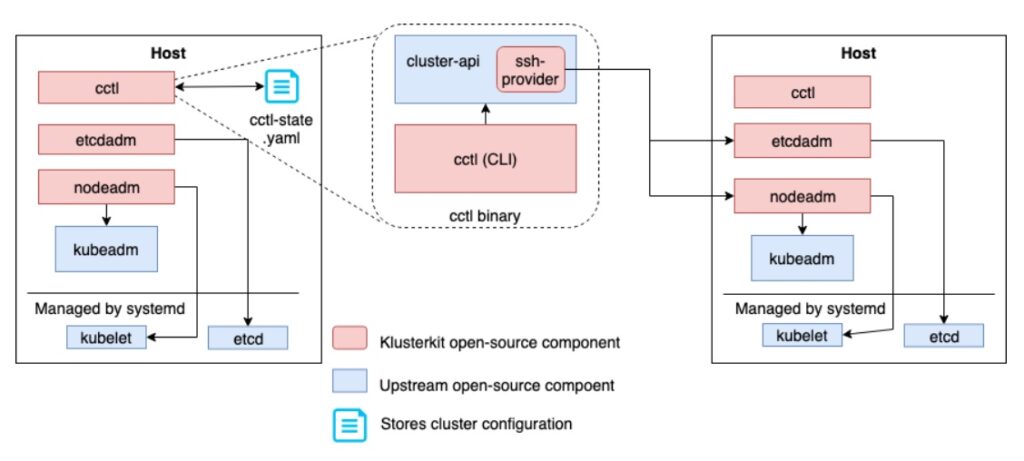Introducing Klusterkit: An open source toolkit to simplify Kubernetes deployments and operations on on-prem, air-gapped environments
Today, we’re excited to announce that Platform9 is open-sourcing Klusterkit, a set of three open source tools, available under the Apache v2.0 license on GitHub. Our customers deploy their software on their private data centers, that are often air-gapped environments (either for security reasons, or other considerations). These large organizations were looking to take advantage












